Since more than two decades, Google’s algorithm has visible endless updates, influencing how content is ranked, located, and served to customers. From keyword stuffing to artificial intelligence-powered search, Google’s transformation has entirely revolutionized the digital marketing surroundings. . If your business relies on online presence, understanding those algorithm updates is not only helpful—it is important.
This blog takes a closer look on how the algorithm of Google has modified over time and what this indicates for your current digital marketing approach.
What is Google’s Algorithm?
Fundamentally, Google’s algorithm is a complex system for retrieving information out of its search index and giving the most ideal results for a query. It uses a combination of ranking signals such as relevance, authority, freshness, location, device, and numerous others to rank web pages on the search engine result pages (SERPs).
Although its precise formula is a guarded secret, years of updates, trial and error, and research have taught marketers and SEO specialists how to adapt to Google’s changing priorities.
Brief History of Google Algorithm Updates:
- Hummingbird Update (2013): Understanding Semantic Search
In 2013, Google launched Hummingbird—a significant update that brought semantic search capabilities. Instead of relying on precise keyword targeting, Hummingbird allowed the algorithm to see the intent and context of the user’s question. This created more relevant results, particularly around long-tail keywords and natural language searches, laying the groundwork for voice search optimization.
- RankBrain (2015): Machine Learning Enters the Picture
Google continued to advance in artificial intelligence with the release of RankBrain in 2015, which is a machine learning component of its main algorithm. RankBrain helped Google understand better unusual or unfamiliar search terms by considering the past searches and activity of users. This gave the algorithm better ability to decode user intent and adjust search ranks in real-time based on indicators of engagement, including click-through rates and user duration on a page.
- Medic Update (2018): The Rise of E-A-T
In 2018, Google launched a broad core update—popularly called the Medic update due to its significant effects on health and finance sites. The update placed E-A-T into sharp relief. Google started favoring content written by well-known authorities, supported by trustworthy sources, and well-written for the user’s benefit. Companies were encouraged to establish credibility through openness, biographies, quotes, and secure sites.
- BERT Update (2019): Contextual Understanding of Language
BERT (Bidirectional Encoder Representations from Transformers) of 2019 update significantly enhanced Google’s natural language processing abilities. BERT enabled the algorithm to better comprehend word relationships within a sentence, enhancing its capacity to understand nuance and context. This facilitated Google to more easily match user queries with appropriate content, especially voice searches and question-based queries.
- Core Web Vitals & Page Experience Update (2021): Speed, Responsiveness, and UX Matter
With the Page Experience Update in 2021, Google formally implemented user experience signals into its ranking algorithm. Core Web Vitals—metrics of page load speed, interactivity, and visual stability—became key ranking signals. Sites providing quicker, smoother, and more stable experiences gained an advantage, driving companies to improve mobile performance and site architecture.
- MUM Update (2021):
Google also released MUM (Multitask Unified Model) in 2021, an AI-enhanced update that was potentially able to read across various languages and media types—text, images, and video. MUM allowed Google to interpret complex queries further and produce more elaborate, richer results. It was a step towards multimodal search and forced marketers to think about diversification of content.
- Helpful Content Updates (2022-2023): Putting People First
Across 2022 and 2023, Google applied numerous versions of the Helpful Content Update. The updates targeted on “search engine optimization-first” content that did no longer hold real value and was clearly written to manipulate rankings. Google rewarded content for humans, not algorithms, to motivate creators to deliver first-hand experiences, original insights, and straightforward answers to user questions.
- 2024 and Beyond: AI-Powered Search and Continuous Updates
By 2024, the Google algorithm was an ever-fluid, ever-updating system that maximized the use of artificial intelligence, natural language processing, and real-time user feedback. While named updates were less common, yet changes arrived in near real-time. The emphasis is directed towards helpfulness, topical authority, page experience, and deep semantic relevance. Google’s dedication to presenting the best content for user intent remains unchanged—urging businesses to align their digital strategy with trust, value, and technical excellence.
How These Algorithm Changes Affect Your Business:
Knowing Google’s algorithm changes isn’t just for SEOs and updates—it directly impacts your brand’s online presence, lead generation, and revenue. Here’s how:
- You Must Focus on High-Quality Content
Original, well-written, and meaningful content to the reader always performs higher in search. Google’s algorithm changes have long passed the keyword counts—instead, they prefer content that enlightens, teaches, or fixes issues. Blog posts, FAQs, how-to articles, and video content should now aim for depth and intent matching.
- Your Website Needs to Be Technically Sound
Google’s Core Web Vitals algorithm update puts page experience first, such as load time, mobile-friendliness, and responsiveness. If your site is slow, unresponsive, or poorly structured, it will never rank well—no matter how great your content is.
Technical SEO optimization is now the minimum to succeed online.
- Backlinks Still Matter — But Only the Right Ones
Quality over quantity matters when it comes to backlinks. A single backlink from an authoritative, trusted site can have more SEO value than a hundred spammy ones. That means PR efforts, guest blogging, and online partnerships a part of your link-building strategy.
- Local SEO Is Increasingly Important
With voice search and mobile search on the rise, local SEO is no longer a choice for service-based or physical businesses. Google’s local algorithm updates favor relevance, proximity, and reputation—meaning your Google Business Profile, customer reviews, and local citations matter more than ever.
- E-A-T Impacts Trust and Rankings
If your site is lacking in trust signals—such as clear authorship, secure browsing (HTTPS), and recent content—it may get penalized. Establishing credibility through the display of credentials, citing credible sources, and consistent brand presence creates the trust Google presently demands.
Preparing for the Future: What You Can Do Today
Google’s algorithm will keep changing, but there are timeless SEO principles that companies can stick to:
1. Invest in original, long-form content that fully explains an idea.
- Join search intent—ask yourself what the user actually wants when they enter a search query.
- Keep your website and content fresh and up-to-date to remain relevant and correct.
- Build your E-A-T profile with authorship, reviews, and citations.
- Optimize your site mobile-first and technically optimized to meet Core Web Vitals standards.
Final Thoughts:
Google’s algorithm has also made a revolutionary shift over the last two decades—from a system that was originally based on keyword usage and backlinks to one driven by artificial intelligence, natural language processing, and user behavior metrics. That is Google’s mission itself: to organize the world’s information and make it accessible and useful everywhere.
For businesses, this shift implies that old SEO tactics designed to manipulate rankings no longer work—and can even harm. Success in search now requires a human-centered, end-to-end solution.
At its core, keeping up with Google’s algorithm updates isn’t about following them—it’s about remaining focused on providing the best possible experience for your users. When you do that, you naturally align with what matters most to Google.



